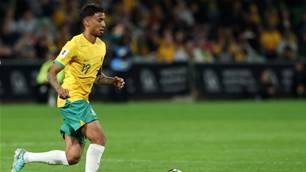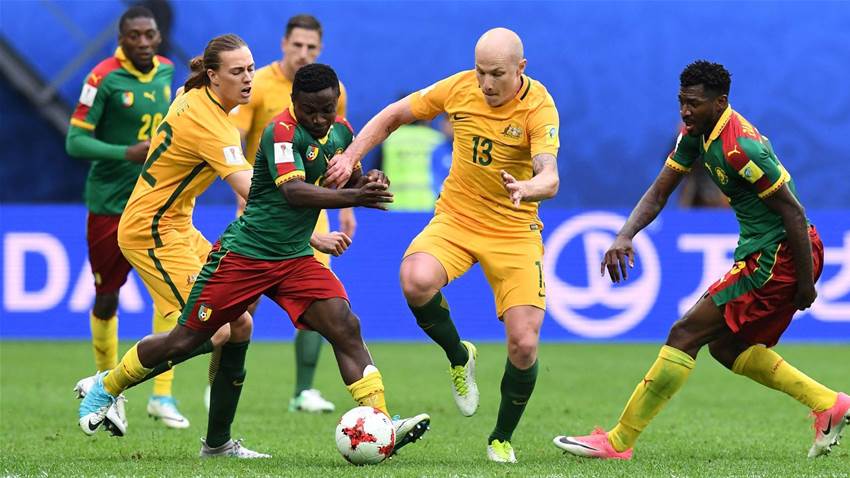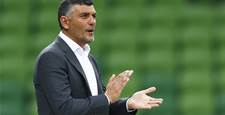In what was billed as a must-win game for both teams, Cameroon had the bulk of the chances over the course of an exciting game.
Rogic and Kruse played complementary yet different roles, further increasing the variability of Australia’s attack. The creative Tom Rogic was often seen to receive the ball side-on in an attempt to play the ball forward as quickly as possible. This led to the creation of several good chances, with Alex Gersbach being the beneficiary more often than not.
Highlighted above is the general area in which he would receive the ball, particularly when Anguissa was performing another defensive duty – it is from this position that he would act as the base of incursions into the opposition penalty area, with his impressive technical ability allowing him to break the defensive line on a consistent basis.
This breaking of the line was especially clear when Rogic was able to drive at the defence. As has been explored in previous articles, an intelligent dribbler can cause heavy systematic damage to the shape of the opposition defensive line, distorting their positions in a way which makes goal-scoring chances easier to generate.
 Robbie Kruse was able to combine with Leckie to overload Fai
Robbie Kruse was able to combine with Leckie to overload Fai
Postecoglou’s apparent preference towards Robbie Kruse has been questioned by many parties, in many cases rightly so, but one thing that he does bring to the team dynamic is his forward movement.
Running beyond his man regularly, Kruse influenced the entirety of the Cameroonian to not push as high up the pitch as they might have in order to defend the space behind them. On its own merits, this may not seem like a big deal – however, as Cameroon’s front three were often pressing, this forced an increase in space between the defensive and midfield lines of the African champions, creating more room for Tommy Rogic to get himself on the ball.
Kruse was able to apply the Socceroos’ right-sided rotation reliably, combining with Mat Leckie to drag Collins Fai out of position and exploit the space in behind. Further to his forward runs, Kruse was able to overload the right-side of the pitch with Leckie, adding to the ability of the Australians to penetrate Cameroon’s back four, as shown above by the shaded area.
Broos’ response
In the later stages of the first half, Hugo Broos pushed Anguissa to the point of the midfield triangle and played with a double-pivot, in an attempt to equalise the situation on Australia’s fifth line.
Every tactical decision has an off-set cost, and in this case, Mooy and Milligan were afforded more time and space in deeper positions which were not deemed as dangerous by the Cameroon boss.
Of further benefit to the Indominatable Lions was the opportunity for the pacey Anguissa to play further up the pitch, which culminated in the opening goal just before half-time. From a defensive standpoint, the midfielder acted as a floater, pressing Milligan or Mooy when required.
Related Articles

Socceroos midfielder embraces move to England

Cardiff City snap up sought-after Socceroos starlet














